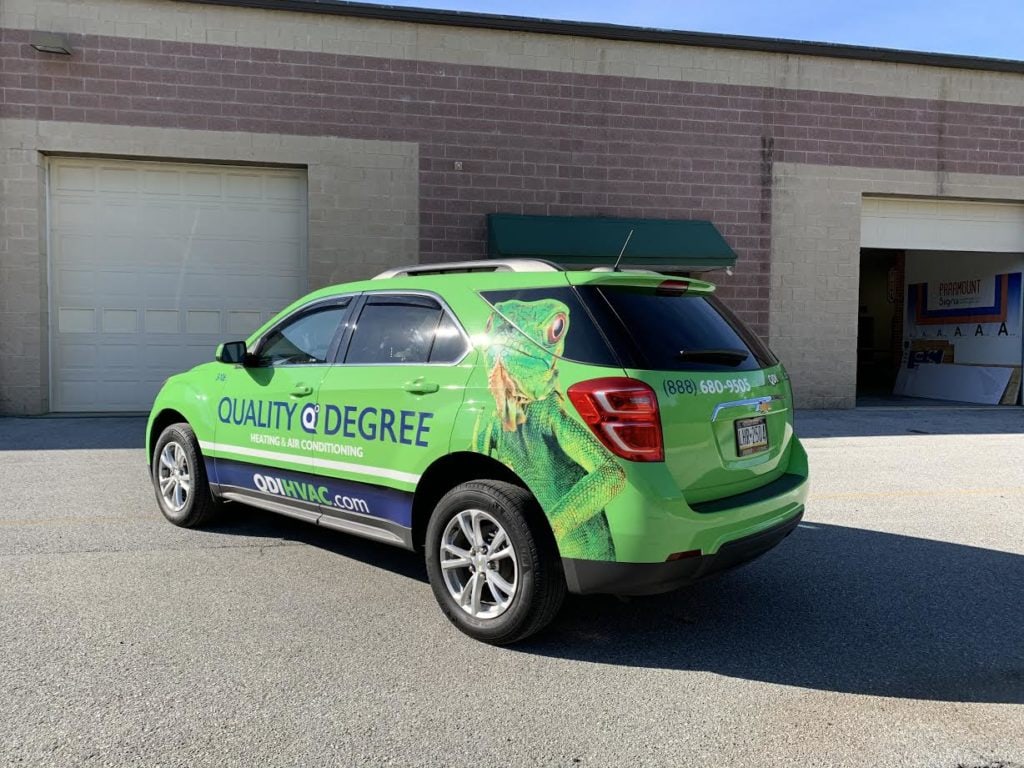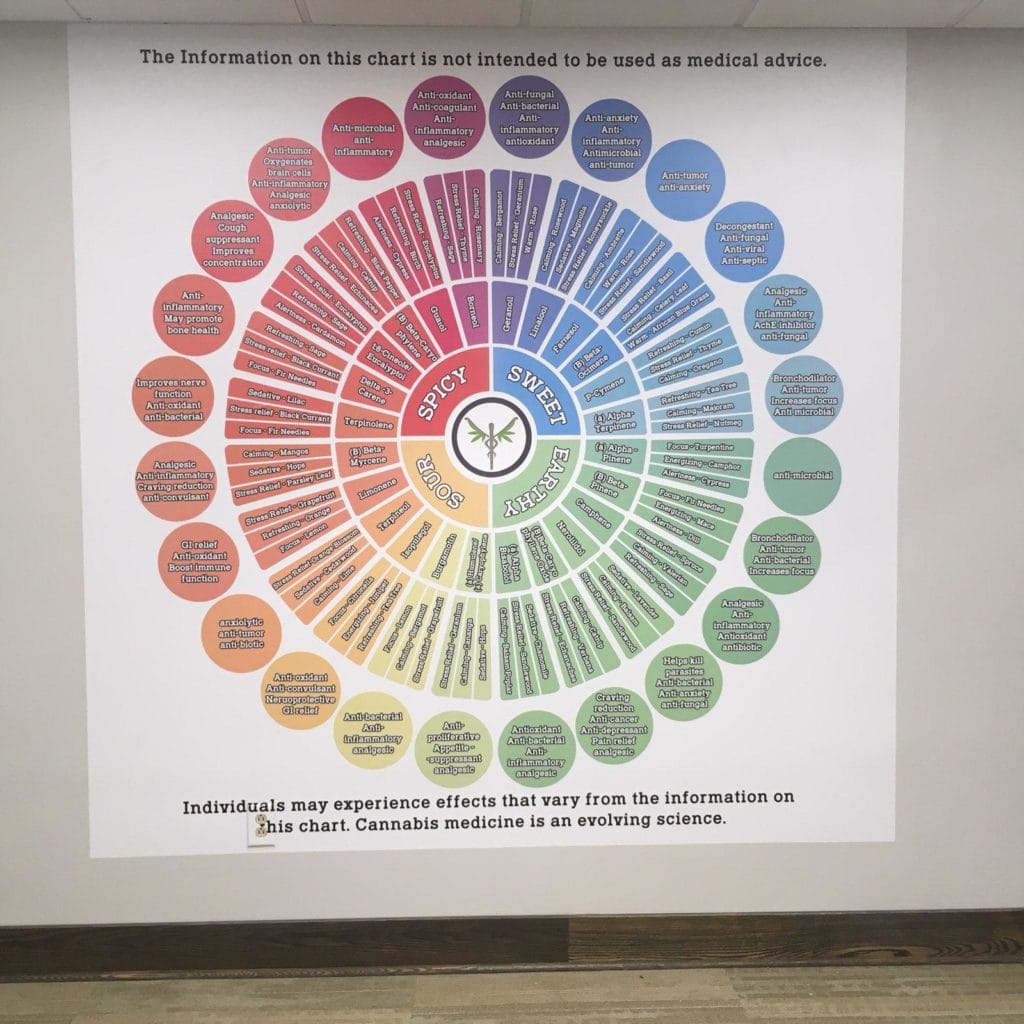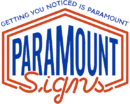Across the board vinyl serves as the primary solution for the bulk of signage projects. This pertains to styles like illuminated signs, non-illuminated signs through vehicle wraps. Vinyl materials provide a very durable medium for creating signage that lasts for many years. But how long does the vinyl lasts? Honestly, it depends. Not really the answer you want to hear, but it truly depends.
Sun exposure, temperature, environmental influences such as pollution in the air, tree sap, abrasion and chemical exposure in industrial areas. All these effect the life of the vinyl. With all these variables that effect the durability of your sign, how do you select the proper vinyl for your application?
You don’t, just consult with a reputable sign company and they can help guide you through the process to ensure the best material for your specific needs! They can analyze your application and recommend a material that will give you the best result for your budget. That said, clients often prefer to have an understanding prior to starting a job. We have compiled a review of the two primary styles of material so you can ask the right questions.
So, where do we start? There are two major differences in the vinyl manufacturing process that separates the high performance vinyl with the intermediate vinyl’s. The two processes are called “Cast” and “Calendared”.

Cast Vinyl:
This process starts with the vinyl in a liquid form that then gets poured into a mold which results in a sheet of material approximately 2 mils thick. The product is stretchy and more conformable. This material also has a “memory” which means if you deform the material, you can heat it and it will return to its original shape. Think of cast vinyl as High Performance or Premium film. We recommend cast vinyl for complex surfaces with curves, rivets, and corrugations. These films typically last 7+ years outdoors.
Calendared Vinyl:
This process starts with a solid block of vinyl that gets squeezed through a series of rollers to flatten it out. The process tends to leave stresses in the sheet which can cause shrinking over time. Calendared vinyl is usually 2.5 mils to 4 mils thick. Referred to as Short Term, Economy, or Intermediate films, the product does not conform or stretch as well. This material also does not have a memory making it best for flat, simple surfaces. These films are less durable than cast and typically last 3-6 years.

Cast Vs. Calendared Vinyl Stats:
Cast Vinyl Stats:
High performance material
Minimum shrinkage
Higher durability and more resistant to weather abuse and sun energy
The thinner of the two styles of material
Malleable allowing it to heat and return to shape and wrap around complex shapes
Recommended for exterior use
Ideal for long term applications
Primary uses: Vehicle Wraps, Architectural/complex wraps, Exterior Signage
Calendared Vinyl:
Intermediate performance vinyl
Less resistant to the elements and will shrink over time
Thicker than cast material effecting the malleability
Ideal for short term signs/ banners and interior solutions
(More) budget friendly option
Higher resistance to abrasion
Primary uses: Sun Shade Visors, Floor Graphics, Decals, Flat Panels
At Paramount Signs, we will help you select the right vinyl for your application. We want to make sure you get the best product for your budget. Along with these primary differences between the “Cast” and “Calendared” vinyl’s, there are other options to help with durability which we consider during our evaluation.
If you are considering a new sign, wrap or graphic, give the experts at Paramount Signs a call. We want to help you create the perfect sign or wrap for your business.
Remember “getting you noticed is Paramount”
